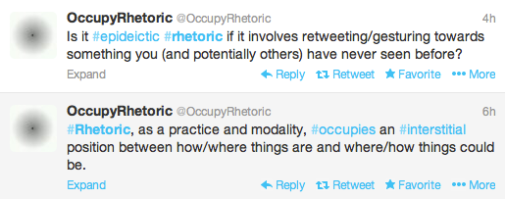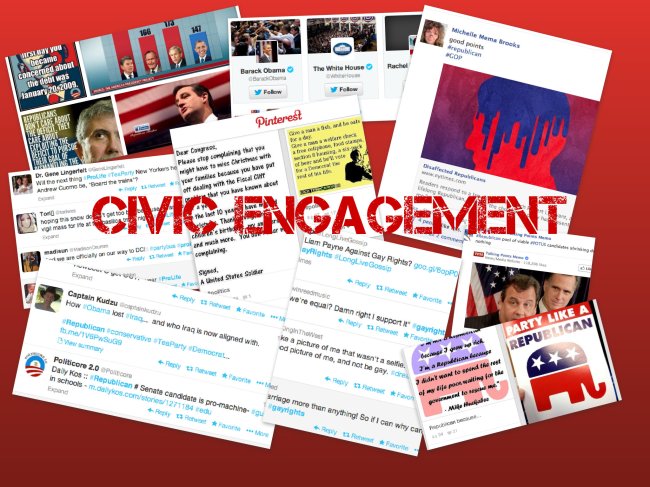Date: March 15, 2014
To: Dr. Wardle
From: Ellie Arnold, Laura Giunta, Caitlin Hoehn
What’s the Problem?
Homelessness in Central Florida.
What’s Your Overall Strategy for Addressing It?
We are going to raise awareness of the problem and aim to change perception of homelessness through emotional appeals. We will also link our campaign with Danielle Saff’s to ultimately gain signatures for the Homeless Bill of Rights.
Who Are The Audiences/Stakeholders You Want to Address With Your Strategy?
We are addressing the students at the University of Central Florida. We intend to inform, raise awareness, and change opinion of homelessness in Orange County by targeting UCF students. As stated in the Explore Beautiful Trouble website “We increase our chances of victory when our actions target the person or entity with the institutional power to meet our demands.” We have focused on specifically targeting UCF students. We seek to target this audience in order to convince and persuade them to sign the Homeless Bill of Rights. Hopefully, this leverage will influence government officials that are capable of implementing policy change state wide to consider ameliorating the lives of the homeless.
What are the Specific Tactics You’ll Use to Achieve the Strategy?
There are several tactics and specific actions that we will employ to support and aid in achieving our overall goal. We will begin by taking pictures and interviewing several homeless people in Orange County. Before we are able to do this we are going to write a consent form (done by March 18, 2013) for the homeless to sign. This consent form will contain how we will use the information they have provided as well as where it can be found. In order to complete the consent form we will have created a website (done by March 17, 2013). Next we will post the images and interviews to the website (“The Faces of Homelessness”) and promote the website through social media platforms, Greek life, clubs that we are members of, and hopefully local newspapers.
Why Do You Think These Will Be Effective? Where are the Weaknesses in this Approach?
It will be difficult gaining sufficient trust among the homeless to be able to take their pictures and learn their story. Additionally, apathy amongst college students is an obstacle we will have to overcome. Finally, in due course, persuading students to sign the Bill may prove to be difficult. However, once we have taken the photos and interviews we believe that our networking skills through, primarily Greek life, will be extremely effective in generating traffic to our site. Furthermore, powerful emotional appeals through the use of a visual medium will aid us in changing the perception of the homeless. These photos will be combined with general homelessness statistics and a few stories/interviews of homeless people.


